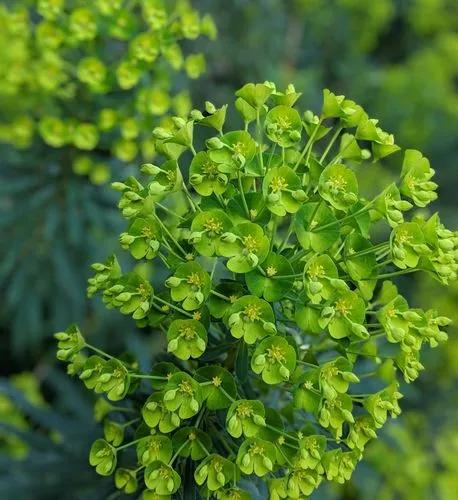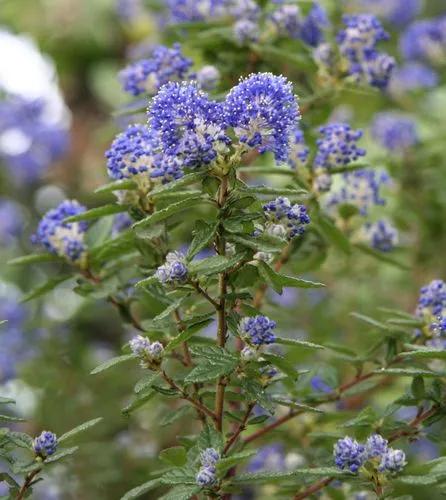Salvia Divinorum is a semi-tropical perennial. That means that Salvia Divinorum can grow year after year, but only if Salvia Divinorum is not exposed to freezing temperatures. Salvia Divinorum is a green plant with large leaves and a distinctive thick, hollow, square green stem. Salvia Divinorum can grow several meters (yards) high if conditions are favourable. When Salvia Divinorum grows high enough, the branches will bend, or break, and may root if they come in contact with moist earth. Although Salvia Divinorum can flower under natural lighting conditions, it almost never sets seed that will sprout.So the Salvia Divinorum plant is almost always propagated by cuttings. The leaves are oval, weakly notched (serrated) and can be quite large (up to 9 inches in length). They are usually emerald green, but under some conditions, may be yellow-green or even yellow. They are covered with a fine coating of extremely short hairs (trichomes), giving the leaves a satin like velvety appearance in certain lights. Salvia Divinorum plants grow best in partial shade, in well watered, but well drained, soil. The roots must not be kept constantly soaked, or root-rot will set in and kill the Salvia Divinorum plant.
Salvia Divinorum Care
Salvia Divinorum



How to Care for the Plant

Water

Salvia will tell you when it is getting too dry: its leaves will droop. Be sure to water your Salvia Divinorum plant at the first sign of mild drooping-do not let the Salvia Divinorum plant become limp.

Fertilizer

Salvia will need fertilizer. Any good general-purpose fertilizer will work. Fish emulsion is a good organic fertilizer choice, but because it has a very unpleasant odor, it is suitable only for outdoor use. Satisfactory results can be achieved with chemical fertilizer products.

Sunlight

Salvia Divinorum can do well in a variety of different lighting conditions. It does best with a few hours of partial sunlight a day. It can do well when grown indoors near a window. The Salvia Divinorum plants can handle more sun if kept well watered and misted frequently. Salvia Divinorum can also handle moderately deep shade. When changing the lighting conditions or the humidity conditions your Salvia Divinorum plants are exposed to, do so gradually. Given enough time, Salvia is very adaptable, but it may take weeks to get used to a new environment.

Soil

The soil should drain well but should be kept moist.

Temperature

The plants can tolerate moderately cold conditions but are killed by frost. For growing them indoors frost is is not a particular problem, ext section.

Container

If planting Salvia Divinorum in pots, make sure the pot is large enough to allow the Salvia Divinorum plant to grow well. Although your available space will limit possible pot size, use the biggest pot that is practical. It must have drainage holes. Placing gravel (or broken up pieces of crockery) in the bottom of the pot will help promote drainage and thus discourage root rot. Most commercial potting soil will work well. Adding vermiculite or perlite to the potting soil is helpful but not essential.

Popularity

111 people already have this plant 29 people have added this plant to their wishlists
Discover more plants with the list below
Popular articles






